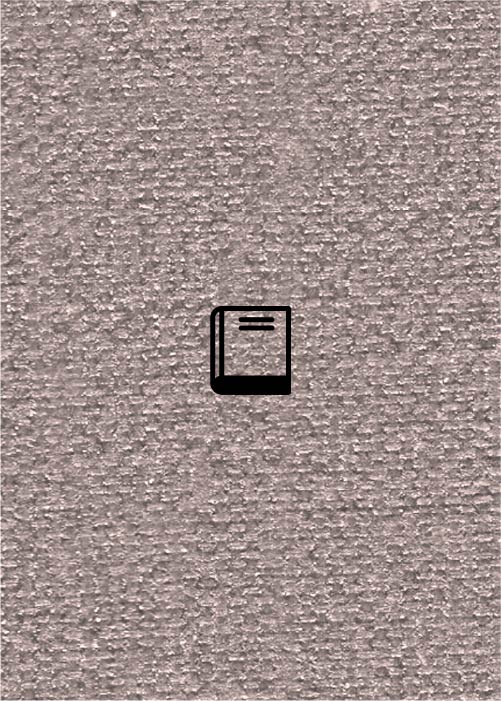(682 results found)

Art of Judeo-Spanish Song, The (SMR Bresler Collection)
… … … Piyyutim … Ladino, Judeo-Spanish – Ladino, Ladino Songs, Ladino - Judeo-Espanol - Judizmo, Ladino - … … Languages … Bar Mitzva … Romances … Canciones … Wedding songs … Kol Nidre … Roman … Sephardi … Alhambra … Art of Judeo-Spanish Song, The (SMR Bresler Collection) …

The Mystery of Aris San
… basked in the light of the singer who hid behind an artificial wig, huge glasses, white suits, gold rings, and a … … … 2007 … Israel … Popular music … Greece … Pop … Popular songs … Greek … Documentary … Years 1960s … The Mystery of …

American Matchmaker - Amerikaner Shadkhn
… G. Ulmer’s last Yiddish movie was also his most modern, an art deco romantic comedy about male ambivalence and Jewish … … 9 … 35790 … USA … … 1940 … Music … Yiddish … Yiddish songs … Musicals … Musical revues … Feature … Fuchs, Leo … …

The Key from Spain: The Songs and Stories of Flory Jagoda
… performer and composer of traditional and modern Ladino songs. This film documents her life and her music. An article about the film by Judith R. Cohen was published in … No. 1 (Winter, 2002), pp. 194-196 … 13 … 13 … 9 … 35776 … … Songs … Ladino, Judeo-Spanish – Ladino, Ladino Songs, Ladino …

Song of the Sephardi
… and interpret the lyrics of the traditional Ladino folk songs that have been the lifeblood and musical soul of the Sephardi. The film was made with the participation of the Sephardic communities of Seattle, … Distributor) … … Ladino, Judeo-Spanish – Ladino, Ladino Songs, Ladino - Judeo-Espanol - Judizmo, Ladino - …

Israel: Sounds in Search of a Home
… What is Israeli music? The answer is given by various artists with examples of their work, such as: Israel Brite, … Eti Ankari, Michael Wolpe, Nisim Dakuae, Tipex, Amir Kartes, Johny Shuali. Hebrew version Complete film on … … Rock … Samaritans - Shomronim … Hebrew language … Israeli song … Documentary … Hebrew song … Shemer, Naomi … Poliker, …

Music of the Royal Courts of Europe (SMR Bresler Collection)
… … HE 1023 … … Ladino, Judeo-Spanish – Ladino, Ladino Songs, Ladino - Judeo-Espanol - Judizmo, Ladino - … - Ladino,Ladino - Judeo-Espagnol - Judizmo,Ladino Songs,Ladino - Judeo-Espanol - Judizmo,Ladino - … cycle … Romances … Roman … Rom … Ladino … Sephardi … Ainhoa Arteta … Music of the Royal Courts of Europe (SMR Bresler …

Romansa Ufiyut (SMR Bresler Collection)
… 14575 … … Piyyutim … Ladino, Judeo-Spanish – Ladino, Ladino Songs, Ladino - Judeo-Espanol - Judizmo, Ladino - … - Ladino,Ladino - Judeo-Espagnol - Judizmo,Ladino Songs,Ladino - Judeo-Espanol - Judizmo,Ladino - … Holidays … Rambam … Holidays … Ladino … Sephardi … Shlomo Artzi … Romansa Ufiyut (SMR Bresler Collection) …

Adíyo Querido (SMR Bresler Collection)
… la mañana … 13 … 13 … 7 … 35695 … 1 CD … Germany … Stuttgart … Asamblea Mediterranea GbR … … Piyyutim … Ladino, Judeo-Spanish – Ladino, Ladino Songs, Ladino - Judeo-Espanol - Judizmo, Ladino - … - Ladino,Ladino - Judeo-Espagnol - Judizmo,Ladino Songs,Ladino - Judeo-Espanol - Judizmo,Ladino - …

Asamblea Mediterranea (SMR Bresler Collection)
… Lavaba Avram Durme … 13 … 13 … 7 … 35693 … Germany … Stuttgart … Asamblea Mediterranea GbR … … Ladino, Judeo-Spanish – Ladino, Ladino Songs, Ladino - Judeo-Espanol - Judizmo, Ladino - … - Ladino,Ladino - Judeo-Espagnol - Judizmo,Ladino Songs,Ladino - Judeo-Espanol - Judizmo,Ladino - …


